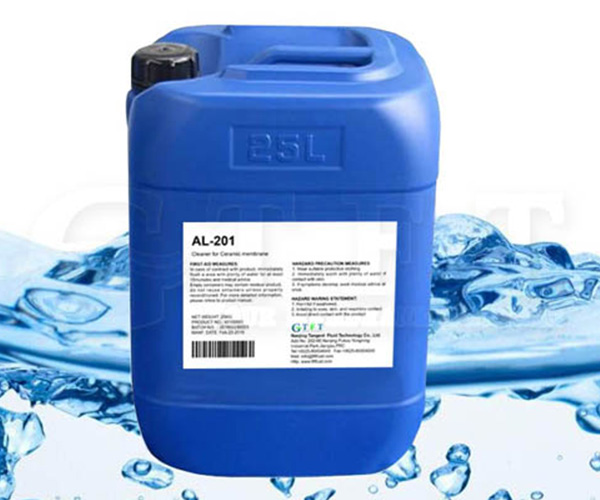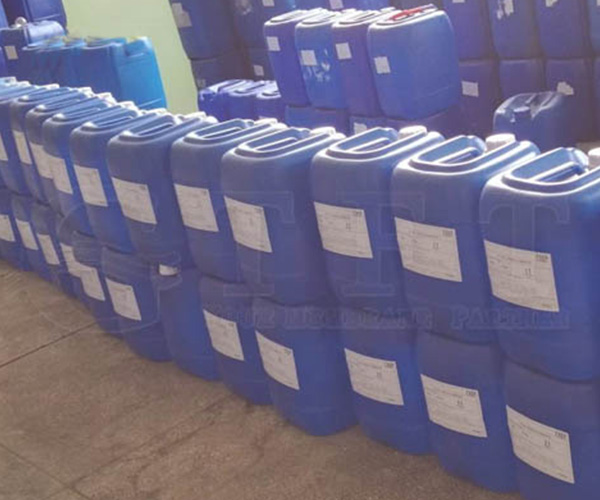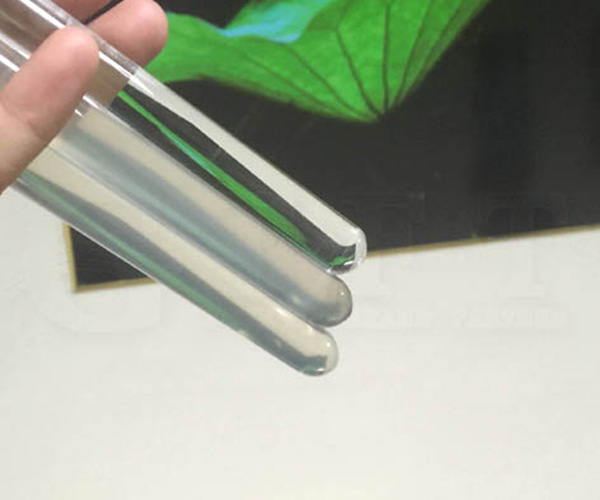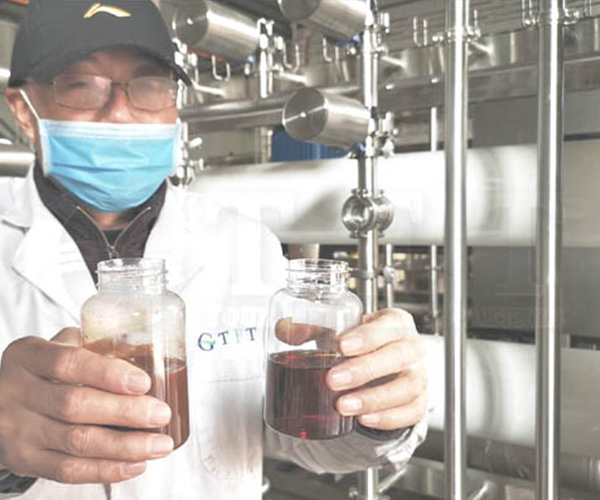Membrane technology has brought big benefit to your process. While after some years of operation, currently may be you are now facing some headaches for the membrane filtration systems:
* Flux and capacity become much lower
* Membrane get cracked
* Membrane end get worn
* Permeation or filtrate begin turbid
* Need more time for CIP cleaning
* More maintenance
* Higher running cost
* Long time waiting for spare parts.

TANGENT can offer the following membrane products for replacement to your existing membrane systems :
>>Ceramic membranes
--Out diameter 25mm, 30mm, 40mm
--Length 500mm, 1000mm, 1016mm,1020mm,1178mm,1200mm,1500mm
--Channel diameter 2.0mm,3.0mm,3.5mm,4.0mm,6.0mm,8mm, etc
--Pore size& MWCO: 1400nm,800nm, 500nm,200nm,100nm,50nm ,etc
>>
Polymeric UF/NF Membrane
--8040/8038/8338 UF/NF/RO membranes
--4040/2540/1812 UF/NF/RO membranes
TANGENT can make customized design and manufacture the membrane housing with same installation dimension as other manufacturers.
>>Membrane Module: Load density 1, 3,7,12,19,37,61,91,99....
>>Membrane Gasket: EPDM, VITON....
Membrane Dimension

When the ceramic membranes keep on running for a period of time, various components in the liquid may form blockages and pollution inside and on the surface of the membrane. The membrane foulant can be oil, protein, microorganisms, polysaccharide, fiber, colloid, etc . If these pollutants adsorbed on the surface of the membrane layer and inside the membrane are not removed after some period, the filtration performance will be greatly affected, and the filtering flux will be greatly reduced. Therefore, ceramic membrane must be cleaned and regenerated periodically to recover the performance. Physical and chemical cleaning methods can be used to remove pollutants on the separation membrane.
> Physical cleaning
Physical cleaning is to remove pollutants from the membrane surface by mechanical methods. This method has the characteristics of not introducing new pollutants and simple cleaning steps. However, this method is only effective for membranes in the initial stage of fouling, and the cleaning effect cannot be lasting long time. Physical cleaning includes multiple methods, such as water rinsing, backflush, reverse rinsing, sponge ball washing, vibration washing, hydraulic washing, and ultrasonic washing.
> Chemical cleaning
Chemical cleaning essentially uses the reaction of chemical reagents and deposits, dirt, corrosion products, and other pollutants that affect the flux rate and the quality of the produced water to remove pollutants from the membrane. These chemical reagents include acids, bases, chelating agents, oxidants, and compounding agents.
-Acid cleaning agent: Inorganic strong acid makes some insoluble substances in the pollutants become soluble, such as nitric acid and hydrochloric acid; organic acids mainly remove the deposition of inorganic salts, such as oxalic acid;
-Alkali cleaners :Alkali cleaners include hydroxides, carbonates and phosphates, which can loosen, emulsify and disperse the precipitate. In order to remove wet oil, grease, dirt and biological materials, surfactants are usually added to increase the descaling performance of alkaline cleaning agents;
-Chelating agent: Chelating agent can complex with inorganic ions in pollutants to produce substances with high solubility, which can reduce the deposition of salts and adsorbed inorganic pollutants on the membrane surface and pores. Commonly used chelating agents are ethylenediaminetetraacetic acid (EDTA), phosphorocarboxylic acid, gluconic acid and citric acid. Among them, gluconic acid is usually effective in chelating iron ions in a strong alkaline solution, and EDTA is often used to dissolve alkaline earth metal sulfates;

-Oxidants: Oxidants can decompose stubborn organic pollution through oxidizing agents, which can be soaked or washed, such as nitric acid, free chlorine, hydrogen peroxide, potassium permanganate, etc .
-Enzyme: Enzyme preparations can biochemically react with organic dirt such as polysaccharides, colloids, and cell debris to promote the decomposition and shedding of dirt; such as proteases, lipases, amylases, cellulases, etc .
Surfactants have both hydrophilic polar groups and lipophilic non-polar groups in the molecule. The surfactant solution is wetted and penetrated before entering the porous structure of the membrane, which weakens the pollutants and the membrane. The binding force between them makes it emulsified and dispersed in water to achieve the purpose of cleaning and decontamination. Common surfactants include anionic surfactants, cationic surfactants, and amphoteric surfactants;
With many years of membrane application experience, TANGENT has a very rich and professional understanding of membrane pollution mechanisms, membrane cleaning and regeneration processes. According to the pollutants of different application systems and the design characteristics of the membrane system, TANGENT has developed a variety of targeted composite membrane cleaning agents that can quickly, efficiently and economically recover and regenerate the membrane system, thereby greatly improving the membrane system use performance, increasing equipment operating efficiency and reducing operating costs.
There are several types of professional membrane cleaning agents independently developed by TANGENT :
| Model |
Description |
Package |
Product NO. |
| AL201 |
Remove scale |
25L, plastic tank |
40100001 |
| AP202 |
Remove iron |
10KG/25KG, plastic tank |
40100002 |
| CL301 |
Remove protein, colloid |
25L, plastic tank |
40100011 |
| CP302 |
Remove oil&grease |
|
40100012 |











